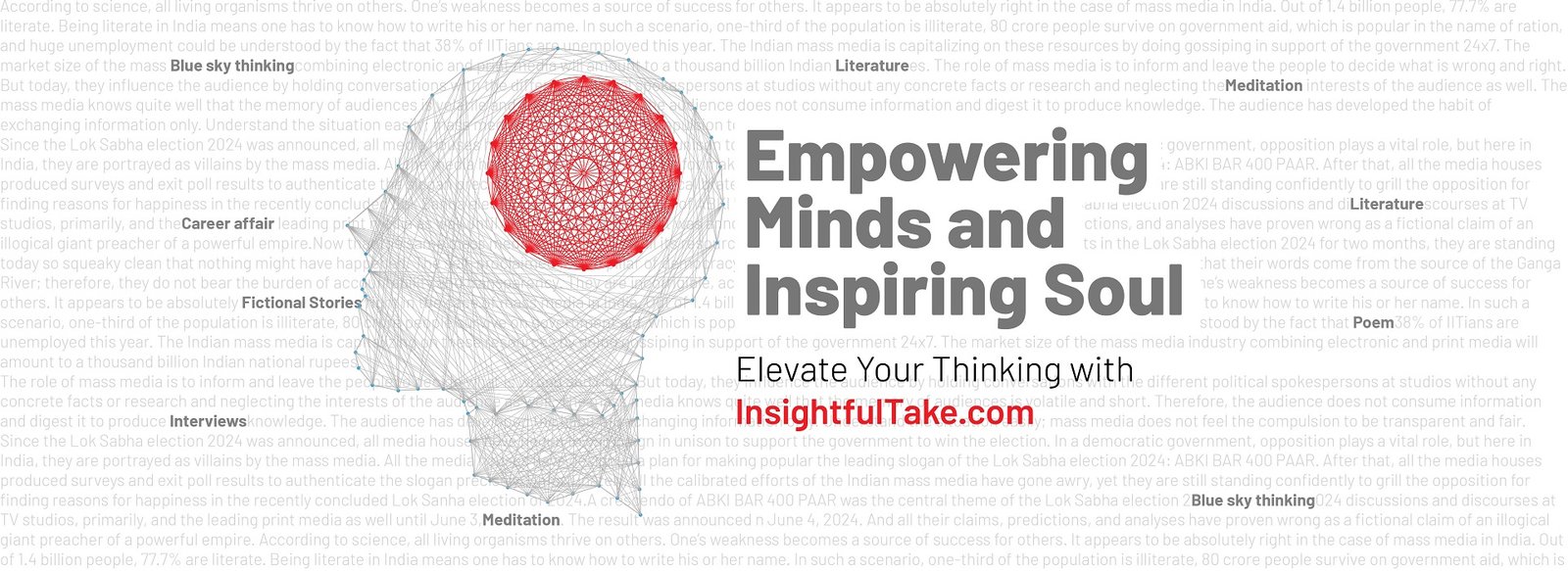For millions of Indians, homeownership has long been a distant dream, overshadowed by economic constraints and soaring real estate prices. The Pradhan Mantri Awas Yojana (PMAY), launched in 2015, seeks to turn that dream into reality by providing affordable housing to the country’s economically weaker sections. With over 3 crore houses sanctioned and more than 2 crore completed, the scheme has not only changed the skyline of urban and rural India but also transformed lives.
Understanding PMAY: A Game Changer for Housing
PMAY operates under two broad categories—PMAY-Urban (PMAY-U) and PMAY-Gramin (PMAY-G)—each tailored to address the specific challenges faced by home seekers in cities and villages. The scheme provides interest subsidies on housing loans under the Credit Linked Subsidy Scheme (CLSS), enabling low-income and middle-income families to purchase or construct their own homes. Additionally, it prioritizes slum redevelopment and affordable housing partnerships with public and private entities.
The government's commitment to ‘Housing for All’ by 2022 was ambitious, yet it catalyzed extensive infrastructural development. Financial support, ranging from ₹1.2 lakh to ₹2.67 lakh per household, has played a crucial role in making homes more affordable for millions.
The Economic Footprint: Impact on India’s GDP
A program of this scale naturally bears financial implications. PMAY has required significant public expenditure, with the government allocating over ₹8 lakh crore for its implementation. While critics argue that this adds to the fiscal burden, proponents highlight its multiplier effect on the economy. The housing sector, which contributes nearly 7% to India’s GDP, has witnessed a surge in activity, generating employment for construction workers, architects, and real estate professionals.
Beyond job creation, PMAY has stimulated demand for cement, steel, and other construction materials, driving growth in allied industries. The infusion of funds into the housing sector also boosts financial institutions, as more people avail of home loans under the scheme’s credit-linked benefits.
Global Parallels: Welfare Housing in Other Nations
India’s approach to affordable housing isn’t unique. Several countries have pioneered similar schemes with varying degrees of success.
- United States: The Section 8 Housing Program provides rental assistance to low-income families, ensuring access to safe and affordable housing. Unlike PMAY, which encourages homeownership, the U.S. model leans toward subsidized rentals.
- United Kingdom: The UK’s Affordable Homes Programme, managed by the government, provides grants to housing associations and local councils for constructing low-cost homes. However, affordability remains a challenge in high-demand areas like London.
- China: The Public Rental Housing (PRH) scheme ensures that low-income families have access to subsidized rental homes, complementing China’s aggressive urbanization efforts.
- Brazil: The Minha Casa Minha Vida (My House, My Life) program, launched in 2009, has successfully provided millions of affordable homes, much like India’s PMAY.
Despite these efforts, India’s model stands out for its blend of subsidies, credit-linked incentives, and public-private partnerships that promote both ownership and rental housing solutions.
Success Stories: Lives Transformed by PMAY
For beneficiaries, PMAY is more than a housing scheme—it’s a pathway to dignity and financial stability. Take, for instance, Ramesh Kumar, a vegetable vendor from Uttar Pradesh, who never imagined owning a house. With PMAY’s assistance, he moved from a one-room rental to a two-bedroom house, providing his children a better environment to study and grow.
Similarly, Meena Devi from Madhya Pradesh, who lived in a kachha house prone to floods, now owns a pucca home under PMAY-G. For her, this transformation isn’t just about comfort; it’s about security and empowerment.
Challenges and Future Prospects
While PMAY has made significant strides, challenges remain. Delays in project completion, land acquisition hurdles, and bureaucratic inefficiencies have slowed progress in some states. Additionally, urban areas with high land costs require innovative solutions such as vertical housing and better utilization of public land.
The government’s push for green and sustainable housing is a step in the right direction. Integrating solar power, rainwater harvesting, and eco-friendly construction materials into PMAY projects could further enhance their impact while aligning with India’s climate goals.
A Vision for Inclusive Growth
The success of PMAY underscores the Indian government’s commitment to bridging socio-economic disparities through inclusive housing policies. By learning from global experiences and addressing existing challenges, India can refine its model to ensure greater efficiency and sustainability. For millions who have benefited, PMAY is not just a policy; it is a promise fulfilled, a foundation for a better future, and a testament to what targeted government intervention can achieve.
As India continues on its development trajectory, schemes like PMAY serve as a beacon of hope, proving that economic progress and social upliftment can go hand in hand.

